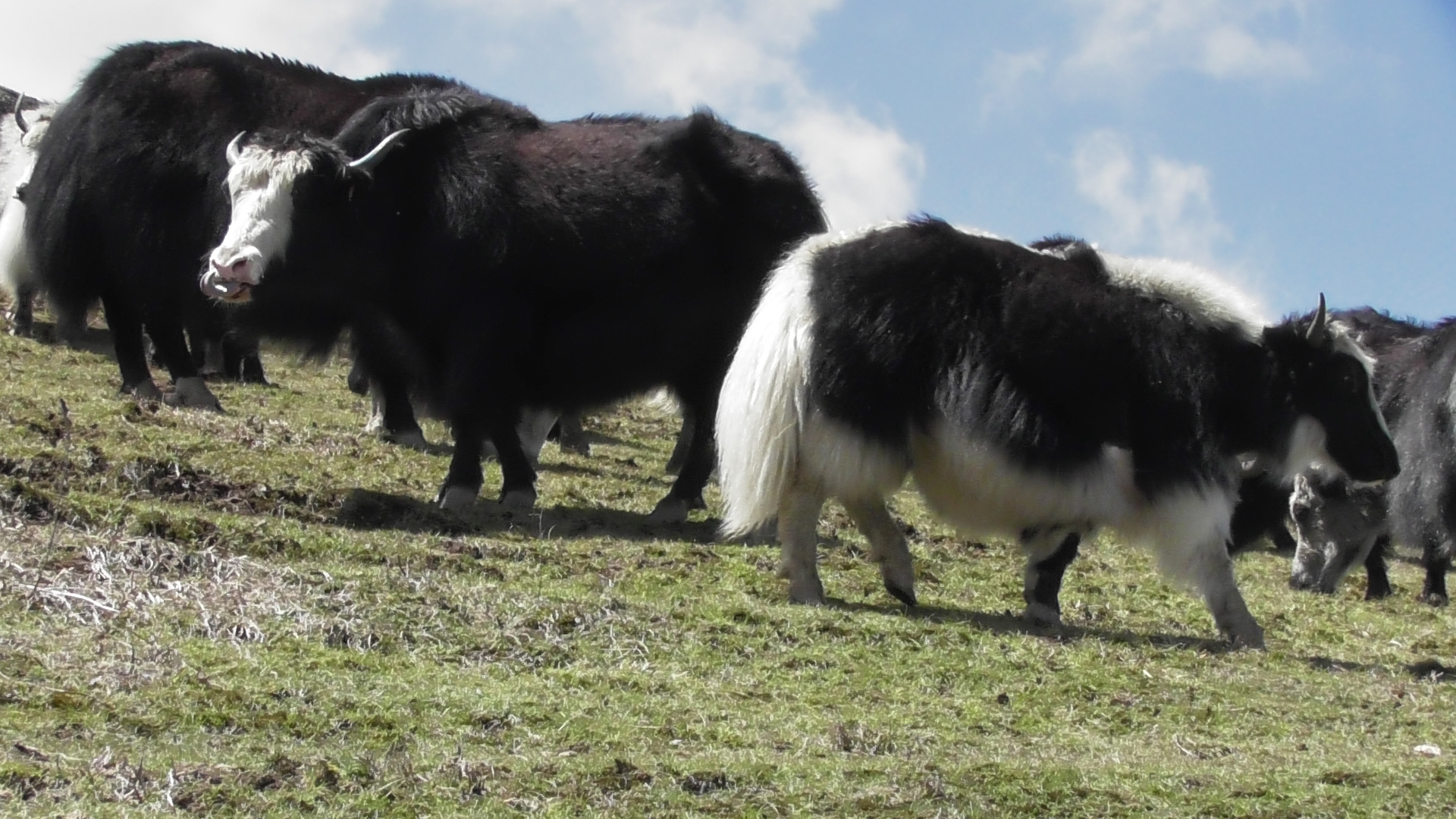Yak herding, a Himalayan culture at crossroads
PANCHTHAR: The rate of displacement of Yak herders, Himalayan nomads, in eastern regions of Panchthar, Ilam and Taplejung, paints a desolate picture of a culture that is dying out. And despite everything, the native but now vanishing Himalayan way of life has lost hopes of a revival.
Official statistics, a decade ago, state that there were 150 barns that housed more than 1,000 yaks. Unfortunately, the figures have slid down by whopping margins over the decade as the regions now report 500 yaks in only 50 remaining barns.
Apart from troubles of finding and temporarily settling at pasture-lands, yak herders, the transhumant pastoralists of the highlands cite troubles in providing veterinary care to livestock at times of seasonal epidemics as reasons behind growing displacement.
“A live yak costs around Rs 80,000 and if one from the herd dies due to seasonal afflictions, herders have to bear the loss,” Birkha Man Rai, a herdsman from Falelung in Panchthar told THT.
According to Rai, each year the Himalayan oxen catch fever, hoof disorders and other viral infections, and unavailability of veterinarians and medicines result in death of seven to 10 yaks in a single barn.
Moreover, the woes of Yak ranchers have doubled in the recent years after insurance companies denied covering the risks associated with livestock in grazing, despite herders’ plan and appeal to insure against the losses they suffer every year.
“We were astounded after an insurance company returned us the premium amount stating that a yak in grazing land can fall and die without certainty,” herder Rajendra Rai said.
Similarly, lack of adequate pastureland and border-related-hassles have also amplified displacement of native yak herders in the region.
Nepal shares border with India in highlands of Falelung and Yangbarak in Panchthar, Mai-Jogmai and Sandakpur in Ilam and Sinding in Taplegunj. And the Indian territory in the region is covered as an Indian National Reserve where grazing is prohibited. The grazing space available to oxen in Nepali land is not enough for livestock that graze in large groups.
Moreover, if a Yak strolls without herdsmen’s knowledge into the Indian reserve to graze, the herders are obliged to pay a fine of Rs 11,000.
With the increase in challenges facing the occupation, many herders have abandoned their way of life in the recent years.






